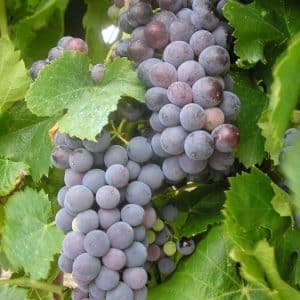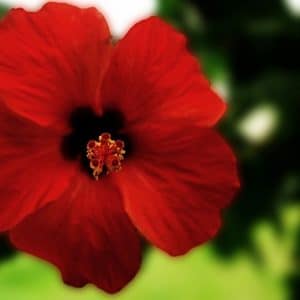Nettle is a perennial plant, reaching to five feet in height, producing lance-shaped leaves and green flowers with yellow stamens. The common nettle is one of some 500 species that can be found growing in temperate regions throughout the northern hemisphere, southern Africa, the Andes, and Australia. Young shoots are picked in spring for use as a tonic and vegetable. The aerial parts are harvested while flowering, and the roots are unearthed in the fall.
It is said that Caesar’s troops introduced the Roman nettle (U. pilulifera) into Britain because they thought that they would need to flail themselves with the plant to keep warm and, until recently, “urtication,” that is, beating with nettles was a standard folk remedy for arthritis and rheumatism.
The ancient Greeks used it to treat coughs and arthritis.
Dioscorides, the 1st century Greek physician, listed a range of uses for nettle, including the fresh, chopped leaves as a plaster for septic wounds, the juice for nosebleeds, and the cooked leaves mixed with myrrh to stimulate menstruation.
The Aztecs made medicinal use of the several species native to Mexico. The Aztec Herbal of 1552, recommended sniffing a mixture of crushed nettles in milk to stop a nosebleed. It also prescribed a combination of nettles crushed in water and boiled as a poultice for arthritis.
The plant has long been valued for its sturdy stem, similar to flax and hemp, which can be used to make fabrics ranging from fine linen to burlap and rope.
Native Americans used it to treat bronchitis and other respiratory problems and for digestive problems, urinary tract disorders, diarrhea, and gout.
Key Actions
Key Components




